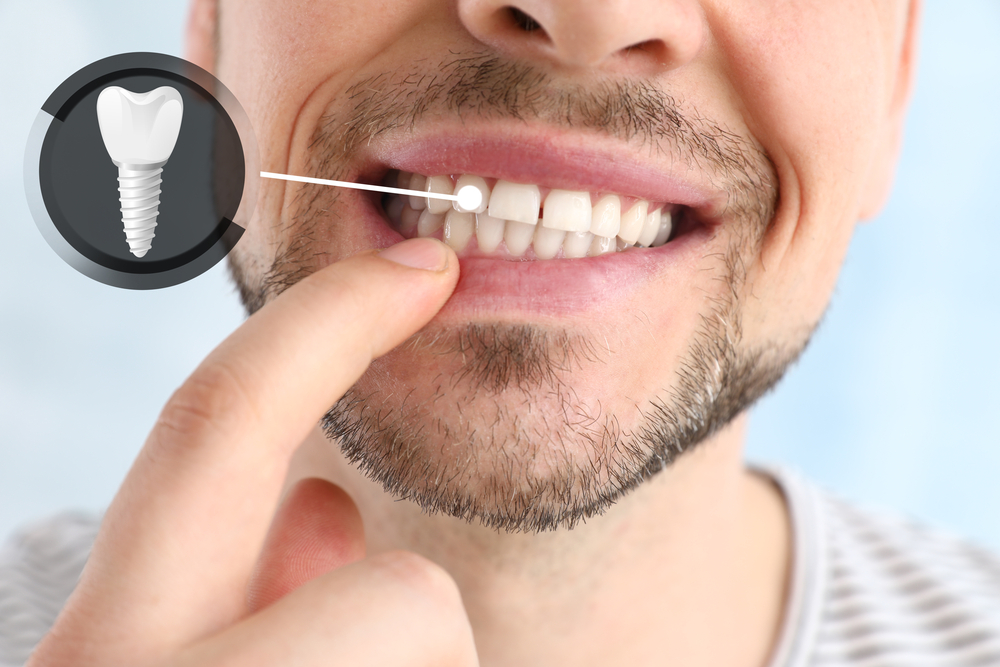The absence of natural teeth can lead to significant consequences for both the visual appeal of one’s smile and the practical operation of their dental structure. This can occur as a result of accidents, tooth decay, or gum disease, presenting many people with the substantial challenge of tooth replacement. This article delves into the diverse techniques and cutting-edge practices utilized in current dentistry to substitute teeth, allowing individuals to uphold a healthy, effective, and pleasing smile.

The Importance of Tooth Replacement
The loss of one or several teeth doesn’t only affect how your smile looks; it’s also about preserving the overall structure of your mouth. Teeth gaps can prompt the remaining teeth to shift, resulting in a crooked bite that may interfere with your ability to chew and speak correctly. Furthermore, the absence of teeth can trigger bone loss in the jaw area, as the natural stimulation provided by the tooth roots is no longer present.
Varieties of Tooth Replacement Techniques
Several successful approaches are available for tooth replacement, each with its unique set of benefits and considerations:
- Dental Implants: Recognized as the best-in-class option for replacing teeth, dental implants require the surgical insertion of a titanium post in the jawbone, which acts as a secure base for a crown that mimics the natural tooth. They offer a resilient, long-lasting option that aids in conserving the jawbone’s density while offering an appearance and sensation akin to real teeth.
- Fixed Bridges: A fixed bridge is a type of dental prosthesis used to bridge the gap left by one or multiple missing teeth. It is cemented in place, anchoring itself to neighboring teeth, and rehabilitates both the functionality of the bite and the dental aesthetics. Nonetheless, it necessitates modifications to the neighboring teeth and may not halt jawbone degeneration.
- Dentures: For individuals lacking numerous or all teeth, removable dentures are a suitable choice. Full dentures replace the entire teeth set, while partial dentures are designed for those maintaining some of their natural teeth. Though dentures are more affordable and less invasive than implants, they demand ongoing care and might offer less stability compared to other alternatives.
- Implant-Supported Bridges or Dentures: This method merges the firmness of implants with the exhaustive replacement feature of bridges or dentures. Instead of requiring one implant per missing tooth, fewer implants can support the entire structure, offering a snug fit and improved natural functioning.
Picking the Optimal Tooth Replacement Method
The selection of a suitable tooth replacement method depends on multiple aspects: the count of absent teeth, the health status of the remaining teeth and jawbone, the individual’s overall health, and their financial constraints. Engaging in a dialogue with a dental specialist is crucial to determining the most fitting approach for each unique set of circumstances.
The Repercussions of Skipping Tooth Replacement
Omitting the replacement of lost teeth can precipitate further dental predicaments, including bone atrophy, changes in facial contours, and heightened chances of periodontal disease and cavities. It’s imperative to address tooth replacement promptly to circumvent such issues.
Current Progress in Tooth Substitution
Dental prosthetic technology is constantly advancing, with developments like 3D printing and novel biomaterials enhancing the precision, appearance, and function of tooth replacement solutions. These innovations lead to a more streamlined and efficient treatment experience.
Wrapping Up
Addressing the replacement of teeth is integral to the upkeep of dental wellness. Thanks to modern developments in dental science, there are numerous effective alternatives for restoring a complete and operative set of teeth. It’s vital for individuals to consult with dental experts to determine the best tooth replacement strategy for their particular situation. Be it through dental implants, bridges, or dentures, reviving teeth is not just about boosting oral health but also about enriching life quality by rejuvenating confidence in one’s smile.







